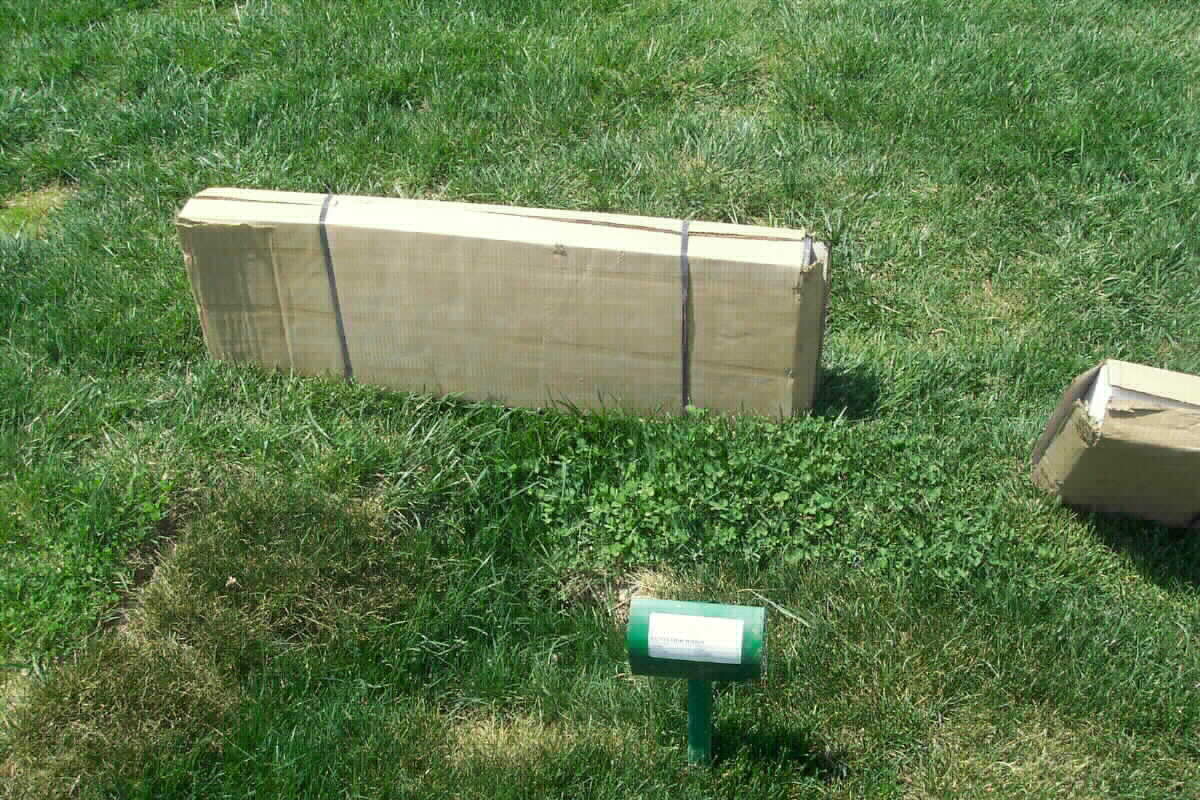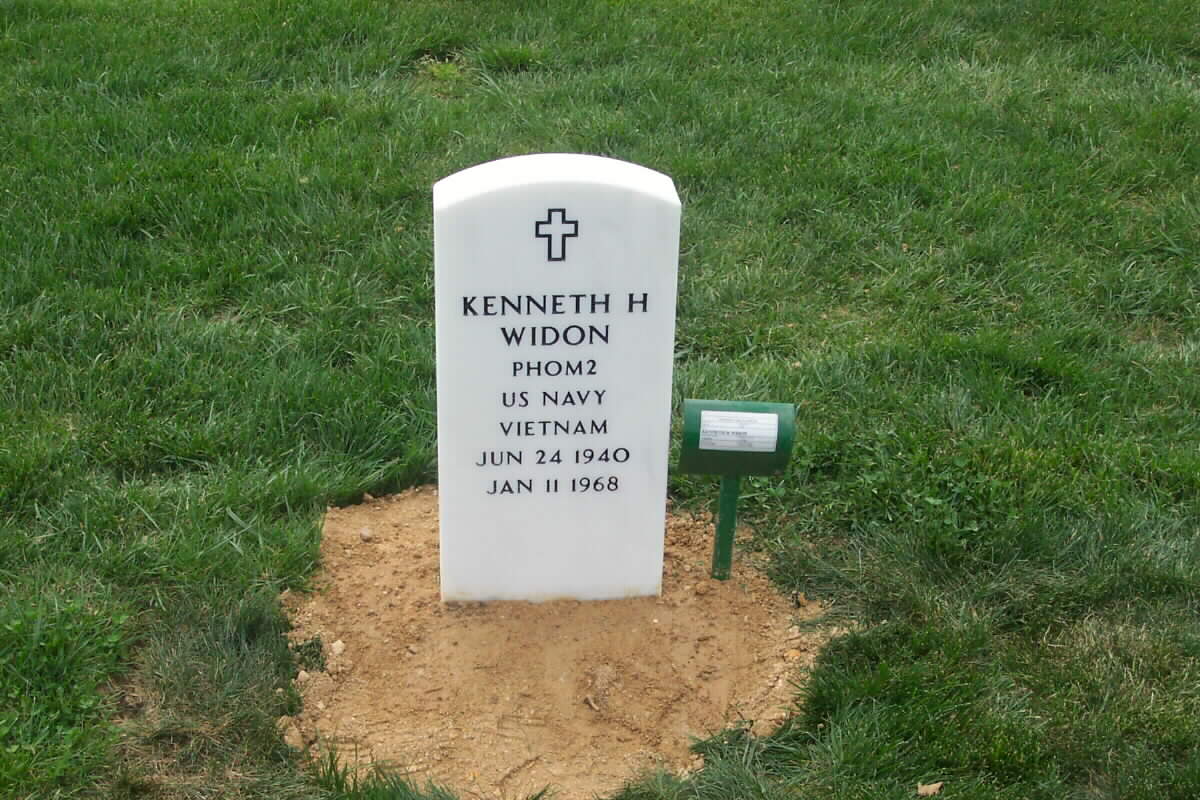Sailors’ remains lay ’68 mystery to rest
Navy confirms 3 Mich. men died in Laos crash
May 28, 2003
After 35 years of wondering what happened and hoping for the day she would see him again, Suzanne Valenti finally can put her brother’s memory to rest.
“I always had hope that he was going to come walking through that door one day,” said Valenti, a Brighton resident, about her brother, Petty Officer 2C Kenneth Widon.
Widon disappeared during the Vietnam War, but Navy officials didn’t confirm until Tuesday that the Detroit man and eight other members of his crew — including two from Michigan — died in a plane crash in Laos in 1968.
The information released this week solves a mystery that has haunted Widon’s family.
“Every once in a while, I would dream I would hear a knock at the door and he’d be there,” said Valenti, who was 23 when her brother disappeared.
His parents, Henry Widon and Mary Gerigk, died never knowing what happened to their son. So did his brother, career sailor Richard Widon, whom he followed into the Navy.
Widon’s remains, along with those of Petty Officer 2C Donald Thoresen of Detroit, and Lt. (j.g.) Philip P. Stevens of Twin Lake, Mich., recently were recovered and identified.
The men were aboard a Navy OP2E Neptune plane that crashed into a mountain in Laos in January 1968. The remains were recovered during six U.S.-Laos missions to the crash site between 1993 and last year, the Pentagon said in a statement.
Widon, who was 27 when his plane went down, was classified as missing in action. Valenti, 58, said she and her family presumed he was dead, but hoped he was alive.
“It made it real to see where he died, his remains and learn the whole story of the missing plane,” she said, explaining that the Navy revealed details about the crash to her Friday.
Richard Stevens, 68, of Commerce Township said the Navy recovered the dog tags, teeth and several bones of his brother.
He said his younger brother was 25 when he disappeared. Stevens said he accepted years ago that his brother had died. The Navy told him there were photos of the site and there was little possibility anyone survived.
Over the years, the Navy briefed Stevens on developments.
The latest news confirmed what he already believed. “It’s the end of the story,” he said.
The Pentagon said Widon and Philip Stevens left a base in Thailand with the crew on January 11, 1968, to drop sensors in Laos to detect enemy movements. The crew reported the plane’s descent through dense clouds in its last radio transmission.
Two weeks later, an Air Force crew photographed what was believed to have been the crash site, but enemy activity in the area prevented a recovery operation, the statement said. An observance for the crew members is set for June 18 at Arlington National Cemetery, Virginia, on June 18.
The six other crew members were:
Capt. Delbert A. Olson of Casselton, N.D.
Lt. (j.g.) Denis L. Anderson of Hope, Kan.
Lt. (j.g.) Arthur C. Buck of Sandusky, Ohio.
Petty Officer 2C Richard M. Mancini of Amsterdam, N.Y.
Petty Officer 2C Michael L. Roberts of Purvis, Miss.
Petty Officer 3C Gale Siow of Huntington Park, Calif.
Investigators interviewed villagers near the site and found debris on two ledges of Phou Louang mountain in the Khammouan province of Laos.
The teams recovered identification cards for several crew members during a 1996 visit. Other visits yielded human remains and other identifying items from the wreckage.
Valenti said Widon attended Pershing High School in Detroit. He had a wife, Kumi Widon, and a daughter, Andrea Widon, both of whom live in Japan.
Kenneth Widon’s niece, Christine Moody, 36, of Chapel Hill, Tenn., said she heard stories about her uncle when she was growing up.
But she never got a chance to know him. “We didn’t really talk about it,” she said. “I just know it was really sad. It’s nice to know there is closure to it — to finally know what happened.”
Click Here For More Information
Michael Robert Patterson was born in Arlington and is the son of a former officer of the US Army. So it was no wonder that sooner or later his interests drew him to American history and especially to American military history. Many of his articles can be found on renowned portals like the New York Times, Washingtonpost or Wikipedia.
Reviewed by: Michael Howard


